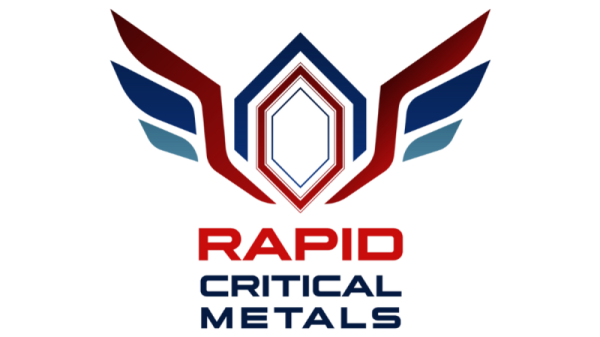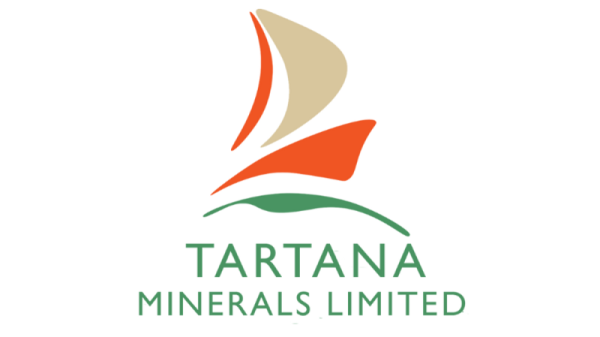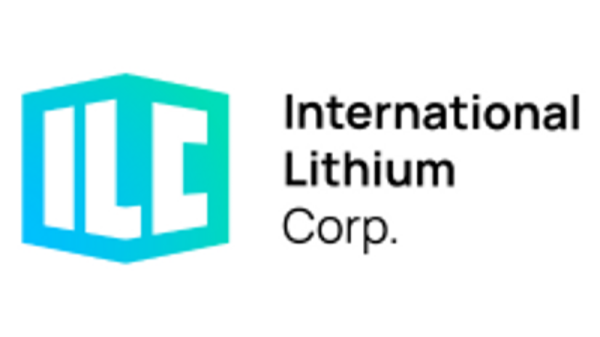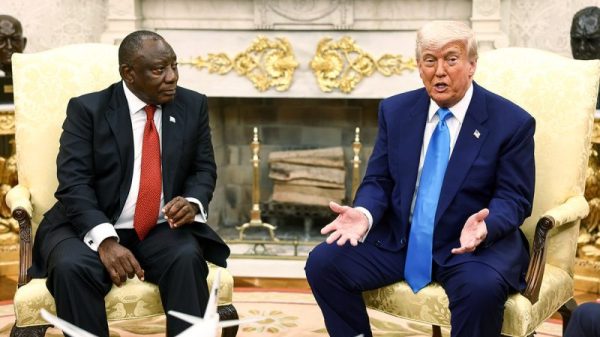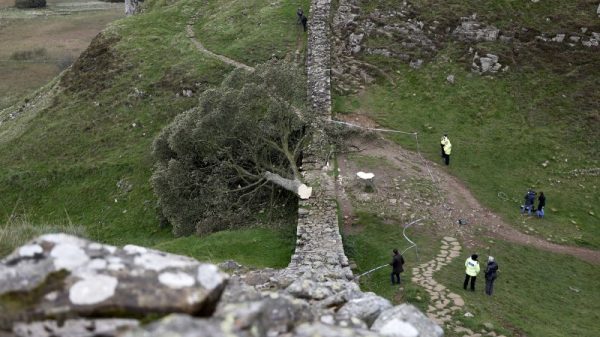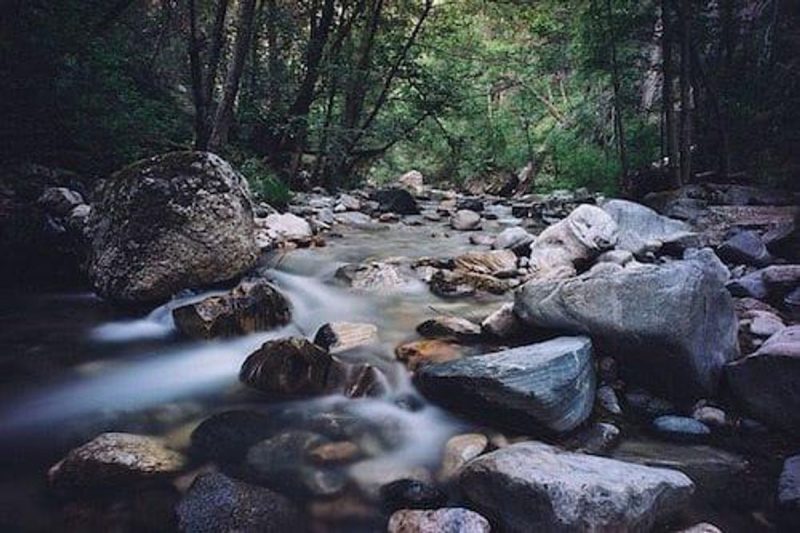Alluvial mining is an old technology, but it’s still fairly common today. Some mining companies use the technique, though it’s more often done by artisanal miners in regions such as Africa and South America.
Put simply, it’s the mining of stream bed deposits (also known as alluvial deposits) for minerals. These alluvial deposits are formed when minerals are eroded from their source, and then transported by water to a new locale.
When the sediments are deposited, they settle according to their weight, with heavier, more valuable minerals such as gold, diamonds and platinum often being deposited at the same time.
Alluvial mining can be very simple. For instance, small-scale alluvial mining undertaken by artisanal miners involves digging and sifting through materials such as mud, sand or gravel using shovels, sieves or a miner’s bare hands.
However, with simplicity comes disadvantages — these operations are not very productive, lack safety and tend to have a high environmental impact. They are also often done illegally and outside of regulatory framework.
Of course, alluvial mining can also be done more efficiently and more safely by mining companies; that said, with most miners focused on larger deposits, the process is less common.
What are some types of alluvial mining?
Alluvial mining for gold
Alluvial mining for gold dates back a long time — the Romans produced gold in this way, and in the 19th and 20th centuries, alluvial mining was made famous by the California, Klondike and Colorado gold rushes, among others. A variety of alluvial mining techniques were used over this time, but all relied on the same premise: using water to wash gold-bearing sediment.
When this gold-bearing sediment is loose (gravel, for example), separation is easy. However, such deposits tend to have low gold concentrations. Conversely, when the gold-bearing sediment is consolidated, gold concentrations are higher, but extraction is more complex, with drilling and blasting required to remove overburden.
Loose gold-bearing sediment is understandably the preference for artisanal miners, while consolidated deposits require the capital and force of mining companies. It’s fairly uncommon to hear about alluvial gold-mining companies, but one example is Guskin Gold (OTCQB:GKIN), which is engaged in gold exploration and alluvial mining in Ghana.
Alluvial mining for diamonds
Around 10 percent of the world’s rough diamonds are sourced through industrial alluvial mining, while another 14 percent are uncovered using small-scale alluvial-mining techniques.
Alluvial diamond mining is particularly prevalent in Africa — for example, De Beers has alluvial mining operations in Namibia. Additionally, Diamcor Mining (TSXV:DMI,OTCQB:DMIFF) has identified two high-grade alluvial diamond deposits at its Venetia project in South Africa.
Alluvial mining for diamonds is similar to alluvial mining for gold in that it essentially involves separating diamonds from sediment. At industrial operations, that is accomplished in various ways. For instance, when diamond-bearing sediment is found on the ocean shore or in river beds, it is removed and taken to a plant where it is washed and screened for diamonds. For offshore operations, specially constructed ships suck diamond-bearing sediment from the ocean floor, then transport it to plants for screening.
Alluvial mining for platinum
Alluvial mining for platinum is discussed less often than alluvial mining for gold and diamonds, and it has a shorter history. Alluvial deposits of platinum were first mined in Russia’s Ural Mountains back in 1823, and although they were the most dominant source of platinum by the end of the 19th century, that dominance didn’t last. By the end of the 1920s, the most easily accessible high-grade deposits had been largely exhausted.
Since then, alluvial mining for platinum has largely dwindled to a handful of small-scale dredging operations, though Johnson Matthey (LSE:JMAT,OTC Pink:JMPLF) does note that large quantities of the metal have recently been produced from two alluvial deposits in Russia’s Far East.
Furthermore, there’s some interest in renewing alluvial mining for platinum in the Urals. One company active there is Eurasia Mining (LSE:EUA), which holds the West Kytlim alluvial platinum project.
Securities Disclosure: I, Melissa Pistilli, hold no direct investment interest in any company mentioned in this article.

